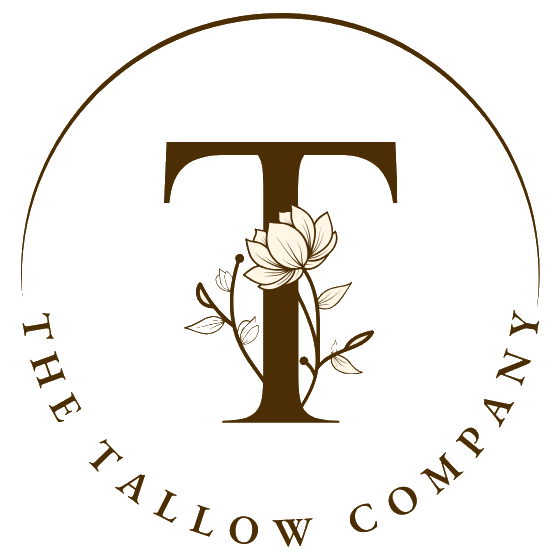Gentle Tallow Soap Recipe for Eczema-Prone Skin

When my youngest son's eczema flared up every winter here in Rigaud, I watched him scratch until his skin was raw and bleeding. Commercial soaps made it worse, and even the "gentle" brands left his skin tight and irritated. After making tallow soap in my workshop, I discovered that creating a formula specifically for sensitive skin required understanding both the science behind eczema and the traditional wisdom of our grandmothers who used rendered fats for healing.
This recipe combines grass-fed tallow's natural compatibility with human skin alongside clinically-proven additives like colloidal oatmeal. The result is a conditioning bar that supports compromised skin barriers without the harsh detergents and fragrances that trigger flare-ups.
Why This Gentle Formula Works
The magic lies in three key differences from regular soap recipes. First, we use an 8% superfat instead of the standard 5%, leaving more unsaponified oils to condition and protect damaged skin barriers. Research shows that higher superfat percentages create the cushioning effect that eczema-prone skin desperately needs.
Second, tallow's fatty acid profile mirrors human sebum more closely than any plant oil. With 37% oleic acid for anti-inflammatory benefits and 27% palmitic acid that naturally occurs in healthy skin, grass-fed tallow provides the building blocks your skin recognizes and can actually use for repair.
Third, we completely avoid essential oils that can trigger contact dermatitis. Even gentle oils like lavender show a 69% positive reaction rate in patch testing, making them too risky for compromised skin.
The Essential Ingredients
Grass-Fed Beef Tallow: Contains the same saturated and monounsaturated fats found in healthy human skin. The 1.4:1 omega-6 to omega-3 ratio supports natural barrier function while fat-soluble vitamins A, D, E, and K provide additional healing compounds.
Colloidal Oatmeal: This FDA-approved skin protectant contains anti-inflammatory avenanthramides that calm irritated skin. Clinical studies show 1-2% concentrations significantly improve eczema symptoms within 4 weeks.
Shea Butter: Research demonstrates 74% patient acceptability for eczema treatment, with anti-inflammatory effects superior to petroleum jelly. Contains essential fatty acids that support ceramide production for stronger skin barriers.
Sweet Almond Oil: Provides additional oleic acid and vitamin E without common allergens found in coconut or palm oils.
Safe Usage for Sensitive Skin
Start with patch testing on healthy skin for 48-72 hours before full use. Introduce this soap gradually - perhaps every other day initially - to allow your skin to adjust to the higher pH.
Store bars in a cool, dry place away from direct sunlight to prevent rancidity.
Properly cured bars maintain their effectiveness for 18-24 months when stored correctly. If you notice any orange spots or off odors, discontinue use immediately as this indicates oxidation.
Important Notes:
- Always calculate your lye amounts using a reliable soap calculator
- This 8% superfat formula prioritizes conditioning over cleansing power
- If you experience any irritation, discontinue use and consult a dermatologist
- For severe eczema, consider increasing superfat to 10-12%
This gentle formulation has helped countless families manage sensitive skin naturally. While soap cannot cure eczema, the right formula can support your skin's healing process without adding unnecessary irritants. If you prefer ready-made options, browse our handcrafted tallow soaps created with the same careful attention to sensitive skin needs.
